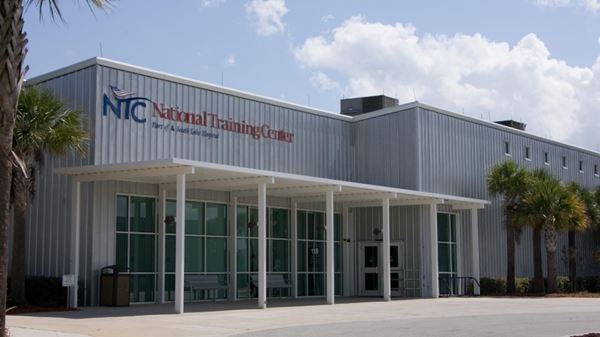Muscle vs. Fat: Why Cardio Isn’t Enough
“Does muscle weigh more than fat?” is a common question in the fitness industry, but it’s one that dances around more serious underlying issues of health, strength and aging. Many people want a better physique than they have now and wonder why they’ve gained weight, but too often they’re bombarded by a lot of information that’s more confusing than helpful.
What the “muscle vs. fat” question obscures is how much muscle mass we lose as we age. As we get older, muscle is harder to build and maintain. This happens incrementally, so many of us aren’t as apt to notice. But from age 30 on, most of us are losing muscle mass. Sedentary adults are especially prone to this, losing from 3 to 5 percent of lean muscle mass in every decade that follows.
Why Do We Lose So Much Muscle Mass?
The reason we lose so much muscle is largely hormonal. Lower testosterone levels in men and lower estrogen levels in women both contribute to muscle loss. Hormonal changes affect nerve and blood cells and, as we age, inhibit the body in converting amino acids to muscle tissue.
As for body fat, it’s true that having a too high — or too low — amount can lead to weight-related diseases and associated health problems. Potential disease risk and weight status can be estimated by using body mass index (BMI) and waist circumference measurements. A BMI calculator and guidelines are available from the Centers for Disease Control and Prevention (CDC). However, these are not diagnostic tools to assess disease risk, and results should be evaluated along with a trained healthcare professional.
Strength Training Needs to Accompany Cardio
Strength training is truly key when it comes to fitness. At least twice a week, men and women should undertake muscle-strengthening activities that work the major muscle groups: hips, back, legs, abdomen, shoulders, chest and arms.
Examples include:
-
Doing push-ups, pull-ups and sit-ups
-
Lifting weights
-
Using resistance bands
-
Increasing activities that build strength, such as carrying groceries, cleaning out shelves or closets, scrubbing the pool and doing gardening or yard work
Isn’t Walking and Biking Enough?
Unfortunately, exercise is not all the same. Doing cardio for 45 minutes a few times a week will not significantly increase your lean muscle mass — and could actually have the opposite effect for some individuals. Again, resistance exercise with moderately heavy weights is crucial for providing the stimulus necessary to build more lean mass. What also is crucial is eating enough calories to increase muscle mass. Many people eat too little and do too much cardio when trying to reduce their body fat. Be sure you consider the balance of what you’re eating (carbohydrates and protein).
Along with movement, lifting weights has many benefits beyond the number of calories burned. Doing so sets off a cascade of hormones and metabolic processes that improve health and increase muscle mass. Don’t be afraid to lift heavy weights — but do remember to be smart and safe about it! A trained professional can help you at any age. Remember, there’s no way of avoiding the fact that the very best way to gain muscle, lose fat — and especially — to thrive is to lift heavy weights.
Orlando Health National Training Center
The NTC, part of Orlando Health South Lake Hospital, is a state-of-the-art sports and fitness facility located in Clermont, Florida.
Learn More





